
Case Study: Moon
Cleo Julia Mullis on her very detailed film about a dying love.
Geplaatst op 7 september 2021"I'm Cleo Julia Mullis, a Dutch filmmaker and I wrote and directed the short fiction film Moon. I graduated last year from St Joost School of Arts, in the 'crazy year of 2020'. The world is - unfortunately - still crazy, but with most of the film theatres opening up, my graduation project has a new life now."
"We really wanted to make the right choice about everything, and wanted it to be as detailed as possible."
Young love falling apart
"The evening is falling. Autumn is almost here and the wind is getting cold. Noa cycles home, to her new student house in the suburbs. Today is her one year anniversary with her first girlfriend, Moon. Noa is the romantic type, but this day doesn't seem romantic at all.
She hasn't seen Moon for a while and tries to ignore their anniversary. All the city noises, chatting people, and bright lights disappear, as she cycles out of the inner city. She decides to call her girlfriend. Her bike ride leads her to her new home, but nothing in the city and her house feels familiar. Moon, on the other end of the line, feels like home. The whole day, and the past weeks, she felt so far away, but hearing her voice - so near to her - she suddenly feels their connection.
Noa bikes through a night that keeps getting darker, while warm images of them together flash through her head. All she wants to do, is to be with her. But the past also illuminates that their love is falling apart. It feels like taking a bath for too long, as if she feels how her fingertips get more and more wrinkles. The water is getting cold."
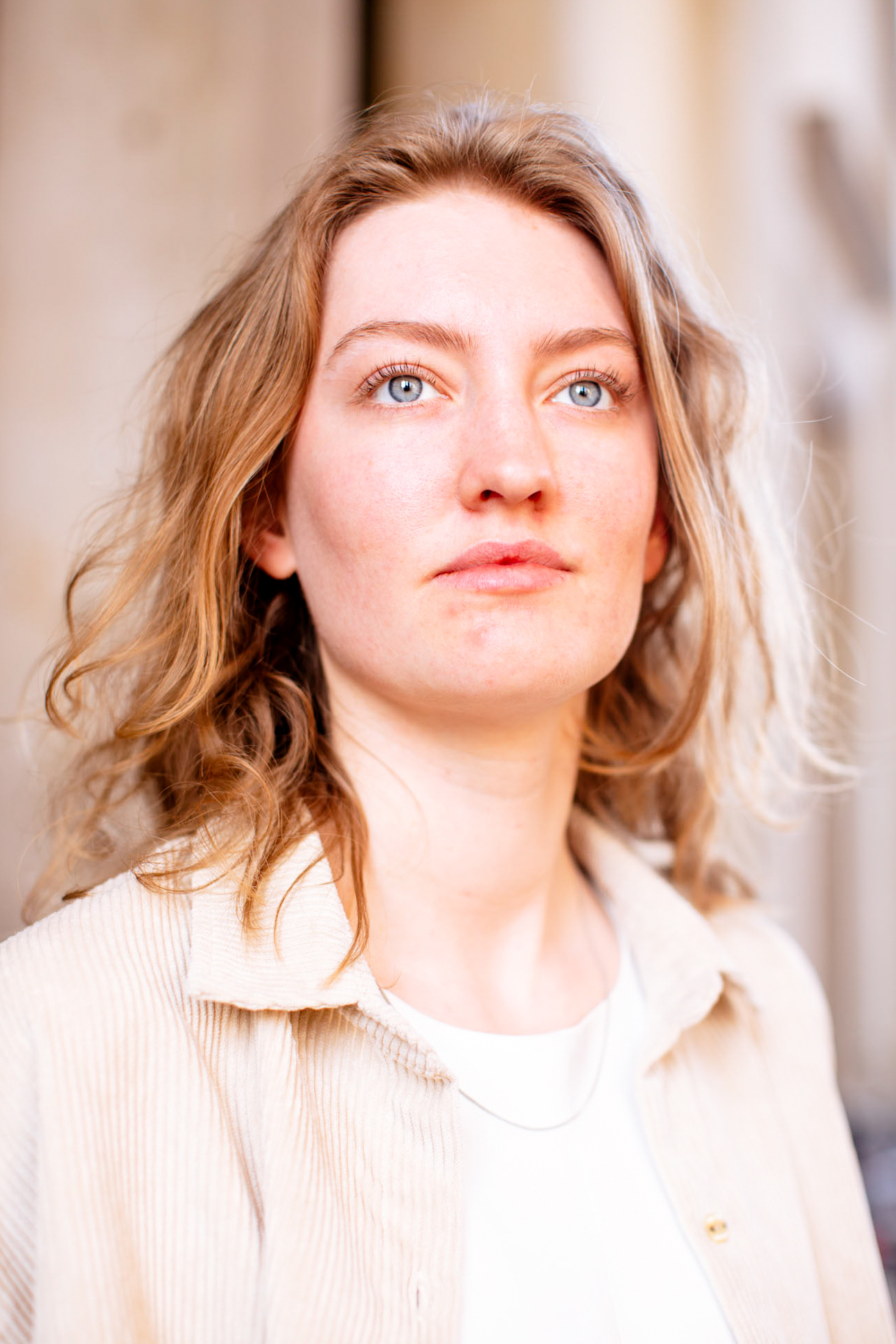
Writing as a healing experience
"I always like to use inspiration of my own life for my projects. I was the girl on this bike ride myself. This evening was the starting point for Moon; the concept of having one bicycle ride, two people away from each other, only connected through a phone. The considerations just before making a decision - to break up with someone or not - are the strong ingredients for this short film. The blue, dark night versus the warm, yellow memories are visually interesting. In my film, a love story is told by two girls, something which is very normal for me, but unfortunately still not for everyone.
But then… how to get this idea into a short movie? In my third year of St Joost (2019), I did a minor abroad and studied film in Cambridge. For the screenwriting course, I wrote the first version of the script. Writing this scenario was a healing experience for me. It's about my first break up, but when I was writing for the first time, I was in my next relationship where I felt that we were growing apart. And the next time I was writing the scenario - in my graduating year - we just split up. I could put all these different memories into this scenario.
First, I wrote a script for a magical realism film: where flashbacks would literally intertwine with the main timeline. If Noa, the main character, would have a flashback, she would bike next to herself from the past. Later I got together with a student from the Dutch Film Academy: Maria Groot. She helped me with the structure of the film and the written dialogues. When writing new versions, we gave the film a more subtle and productional realistic approach. The magical realism scenes got replaced by more realistic scenes.
I wanted the art direction of the student room of Moon - Noa's girlfriend - to have a big role in the film. First, I wanted to use theatrical art direction and a lot of strong visual images. In the early stages of the scenario, Moon's room - Noa's girlfriend - could change from a pink, fluffy, warm room to a cold, darker room. I got the chance to experiment with these big art direction ideas, during a film workshop at my school. They turned out pretty cool, but I felt that these ideas distracted the viewer from the performance of the actors. I chose a more character driven film style. I made a character bible for the two characters, with a short description of their past, their ambitions, flaws, pictures and their favourite songs. The main character, Noa, ended up being more introvert, thoughtful, a dreamer. Moon became the more outgoing and impulsive person."
The importance of details
"I wanted to tell the story using very subtle elements: like the colours of Moon's room and her nail polish. Noa puts yellow nail polish on because she wants to resemble Moon and during the bike ride, she scratches it of. It took a while before everybody knew and felt that the film needed this.
My DOP, Pauline Skoreng a student of the Dutch Film Academy, and I used to go to the park, grab a coffee and talk about the scenes. But most of the shotlist was made during the rehearsals. I rehearsed a lot and preferably on location. One time, we rehearsed on a street. It's challenging to rehearse scenes when the main character cycles and at the same time needs to play out a dramaturgic scene. We rehearsed this when she was walking, and the DOP and I were walking in front of her, looking at the 'shot' through our phone and making sure we wouldn't trip over while walking backwards. This looked crazy and people on the streets thought we were in a fight.
The most inspiring preproduction times came when we went location scouting in Rotterdam for the best room for Moon. The basic of the room had to be yellow/orange, the colour I gave Moon. My art director and classmate, Luca Struijk, did a very good job and made the most beautiful designs and combinations of small decorations, bedding and curtains. Also, my DOP had a big role in choosing the textures of the bedding and clothes. We really wanted to make the right choice about everything, and wanted it to be as detailed as possible. I remember that my DOP and I looked for the perfect shirt for Noa, something that the viewer would also 'feel' while watching the scene.
Because of COVID, I had a lot of time for the preproduction. It can be very helpful to have a clear shooting date - but we kept changing it, because the world kept changing. During this pause, I created a big style document which helped to visualise the style and my crew to stay motivated. At the other hand we had to stay open for improvisation and spontaneity on set."
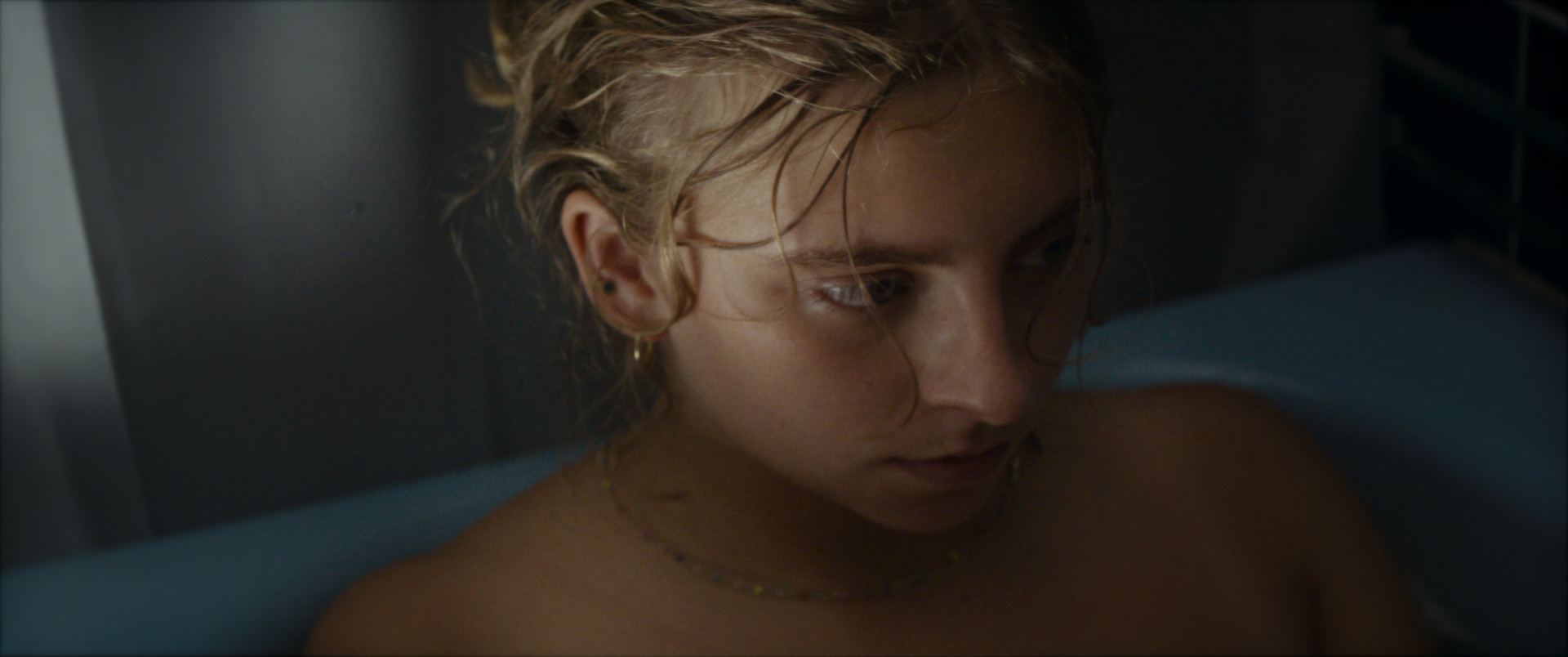
Watch this short at Shift Film Festival
September 17-19, online.
Creating the right feeling
"The production process was divided into two parts: the cycle scenes and the scenes in the student apartment of Moon. Directing the bicycle scenes was hard, because we had long takes, and I couldn’t get close to the actress. That’s why we rehearsed so much; so the actresses really understood the scenes and their characters beforehand.
I put a lot of time into location scouting. I wanted the locations to be pretty, to lift the cinematic vibe of the movie. But not too neat, because that wouldn't be realistic. Because a lot of Dutch films are shot in Amsterdam, I didn't want to shoot at recognisable places. At the end, I found good, uncommon spots.
We shot the film on a VariCam. This camera works the best in low light circumstances. I wanted to tell the story in silence. Silence and glances can tell more than words. We made a lot of shots of Noa and Moon, in the room of Moon, which we used as short flashback moments, without talking. It was for the actors, the DOP and me the first time creating an intimate, sensual scene. Luckily, the vibe on set was very chill. The actresses (Bodine Sutorius, as Moon, and Rosa Kreulen, as Noa, both students of the Academy of Theatre and Dance) did a great job, being open and taking initiative. Pauline Skoreng, the DOP, got really close and made very intimate shots.
We did the editing in three weeks. It was quite short, and we didn’t have a break in between. I would recommend splitting the editing weeks, so that there is more time to digest and start afresh. I worked before with my editor, Marre Bonke, student of the Dutch Film Academy, so we already knew what we needed from each other in the process.
This film relies a lot on the sound design. I was more focused on the arch and the feelings of the characters, than on the storyline. The best way of making the audience feel, is through sound. The sound design and making the music was a long process and we worked with two sound designers (s.a. Coen Bruins, student of the Dutch Film Academy). The composer made great songs, but these were too narrative for the tone of this film. In the end me and the sound designer made only a view tones with his old synthesiser, which fitted the scenes."
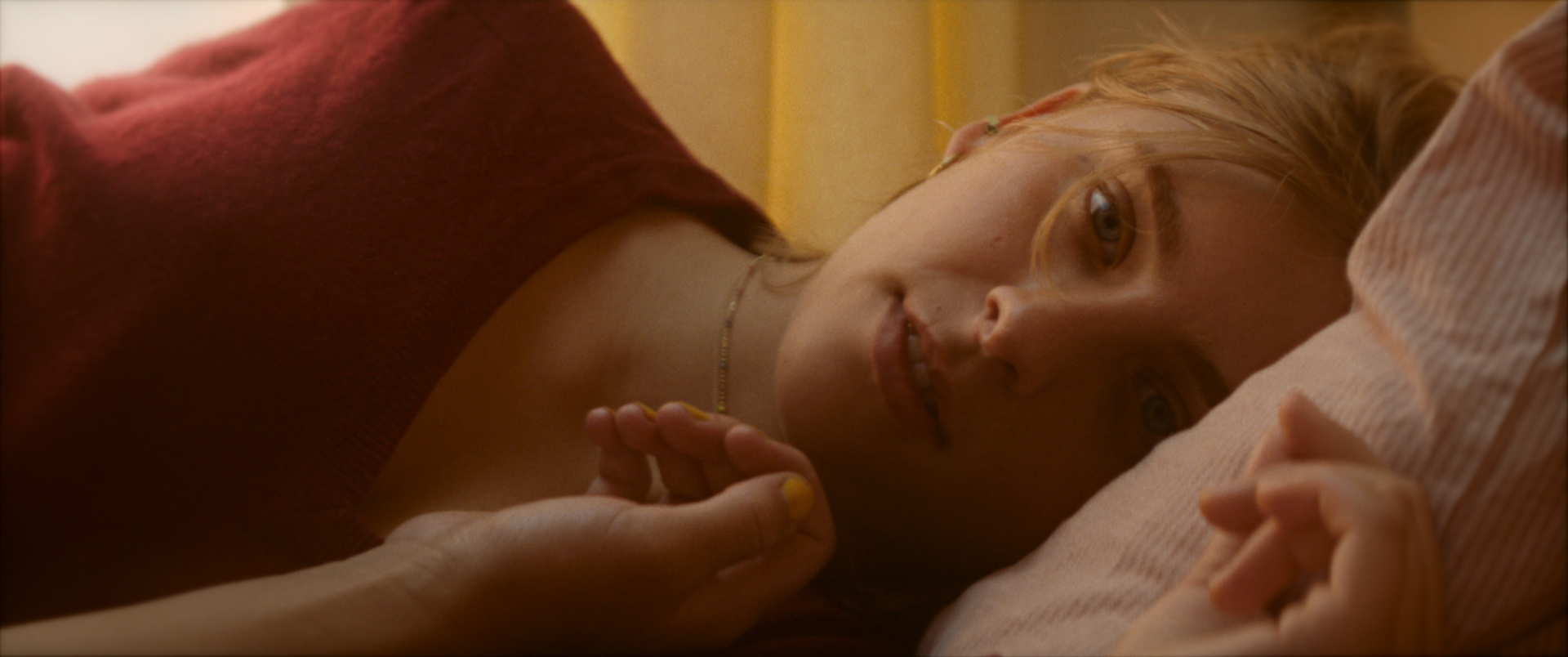
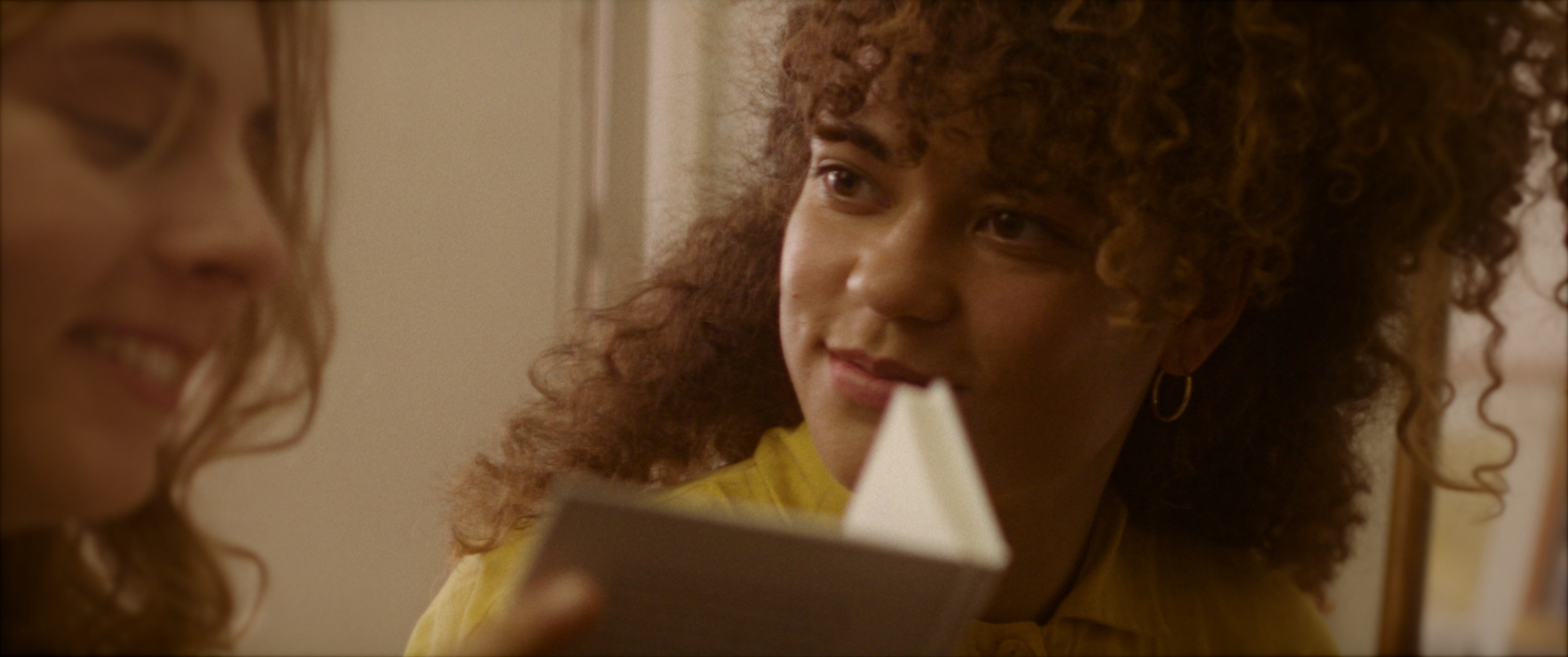
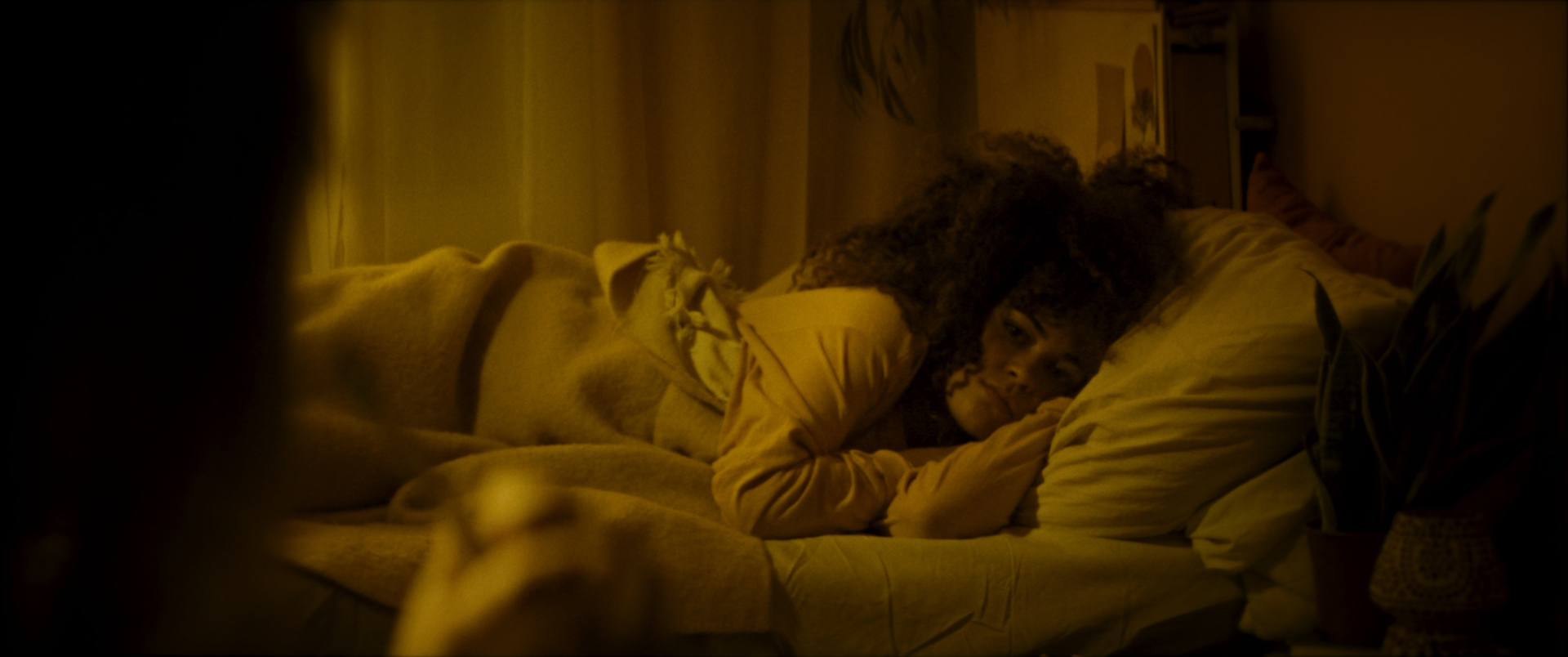
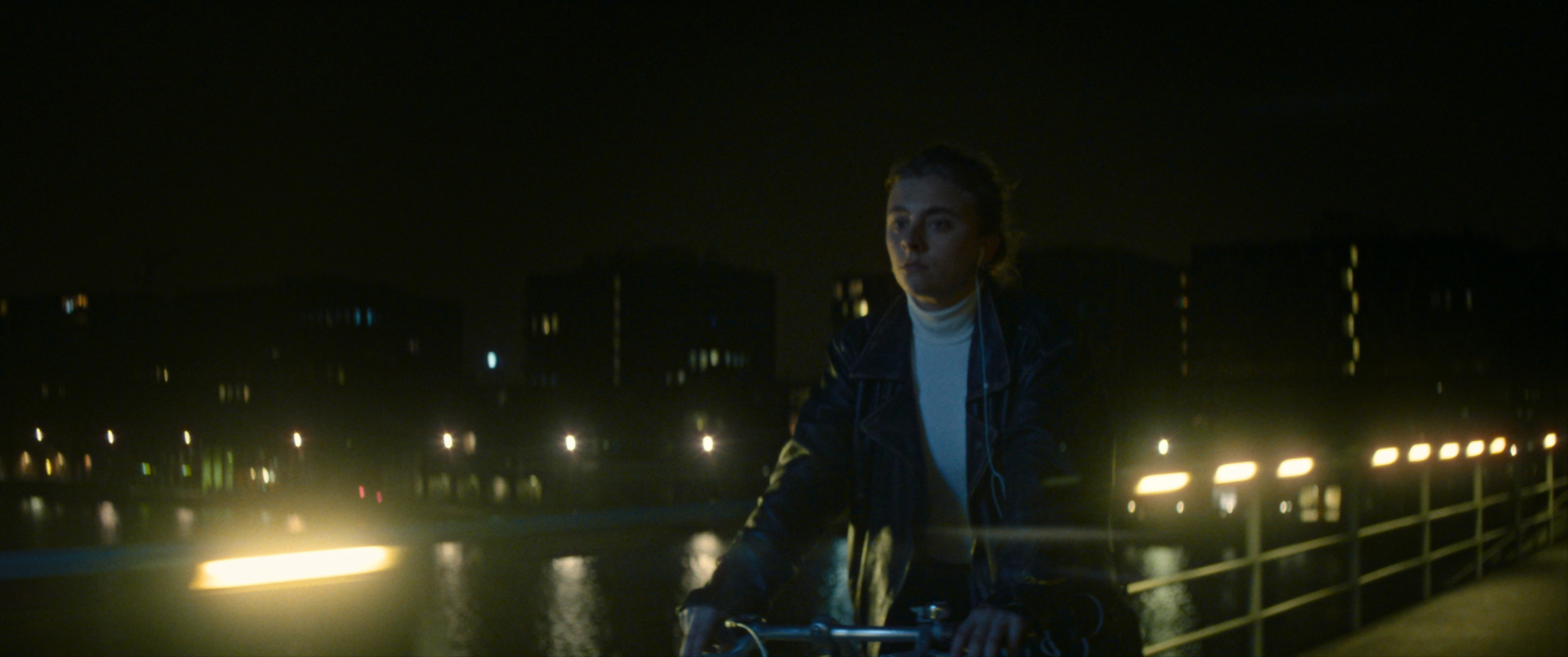
(c) All visual material is used with the filmmaker's permission.
Creating the right feeling
In the concept phase of the film, I did send my plan to a Dutch broadcaster, NPO 3Lab. My film plan got chosen by BNN/VARA; a broadcaster specialised in young, new stories. We were so happy! This meant that we got money. We could focus more on the filming process instead of the crowdfunding. We got a platform for the film.
Now, the film is online and we already have 300k views! It exploded this summer, during Pride week, and I am very glad that so many people can watch the film and feel something or have their thoughts about it. YouTube is an interesting platform for a short, poetic, queer film. I've read fascinating conversations in the comment section… The film is also shown at several film festivals; the Dutch Film festival and smaller festivals in the Netherlands.
What I would like to tell beginning filmmakers is to believe in your film and in the love for creating things. You have to invite others and work together. It's fun. It's also hard, but that makes it fun too. Make sure what feel, vibe, colours, acting, music you like. Search for people who like your ideas. Don't make it too hard for yourself. Every project is a step to the next. There are always things that I would like to change or different roads I could have taken. The hard work, we shared together, is worthwhile.
We got the chance to show this film here and talk about it and talk about new stories and new approaches. Everybody goes through the same ups and downs in a project, but go out there and try! I loved it! I mean, I also didn't love it and got stressed and sometime didn't know my vision anymore. Or if I even liked the film, the story or the style, or if I knew what I was doing. But later, and now, looking back, I loved it. Try, and love it!"